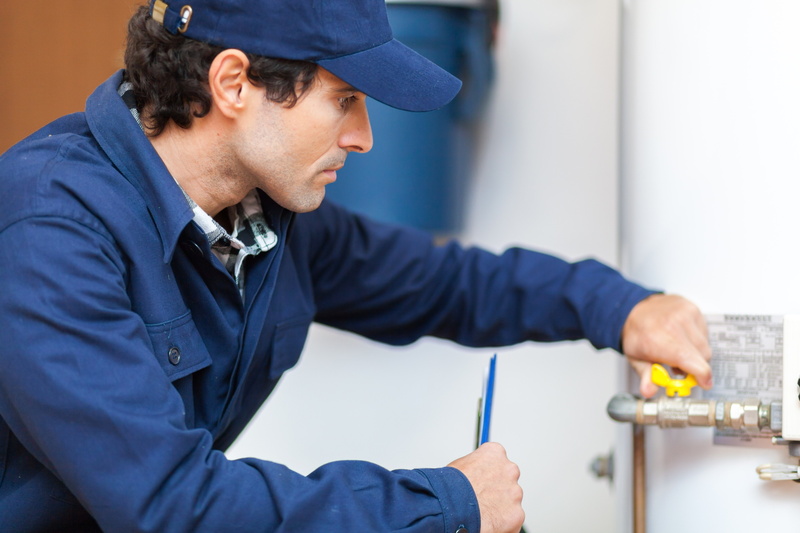A lot of homeowners like to have a propane tank on their property in place of other energy sources like natural gas or electricity for certain appliances. You may even use a propane tank to heat your home in the winter.
You can pick up a small propane tank at many local stores for use with gas grills, but the propane tanks you hook up to your home are a little different – and a lot bigger!
Residential propane tanks range in size from 250 to 1,500 gallons. When it comes to these larger tanks, you definitely want to invest in professional propane tank installation. You don’t want to try and handle these propane tanks on your own. If you’re still on the fence about needing a pro for your propane tank installation, just keep reading.
Residential Propane Tank Sizes
While you can purchase smaller propane tanks, most homeowners don’t want less than 250 gallons if the tank is for home appliances or heating and cooling. If you buy a smaller tank, you’d have to change it out so frequently that it would be a hassle. While larger propane tanks are more efficient in the long term, they’re also more difficult to handle during installation.
The largest tanks need a crane that can lower them into place after delivery. Plus, you have to follow restrictions for where and how to place propane tanks. If you try a DIY installation, you may be left with code violations and an unsafe connection. A DIY propane tank installation leads to more risks for your family’s safety than anyone should be comfortable with.
You Need Experts
Even if you have the correct tools and the ability to move the propane tank for installation, there are still many rules to follow. There are laws that state only certain certified professionals can handle gas lines. Many plumbers are also certified to handle gas lines like those that connect to propane tanks because water and gas lines are very similar in design. Hooking up one of these gas lines incorrectly can lead to gas leaks and fire hazards.
Risk of Physical Harm
Handling anything heavy and dangerous poses risks to your physical well-being. You can hurt yourself trying to lift, move, or work on the propane tank. If you inadvertently cause a leak and don’t realize it, you can end up breathing in carbon monoxide without ever knowing it and get very sick.
You also risk damaging your investment itself – the propane tank. If you damage the tank itself, you may not even be able to use the tank or its contents for your home. The bottom line is that installing a residential propane tank yourself is a project where the risks outweigh the rewards. It’s easy to hire a professional team to oversee the installation so that you can enjoy your propane tank with peace of mind.
Contact Affinity Gas Services today to schedule an appointment with our professionals. We’re “The Gas Efficiency Experts.”

